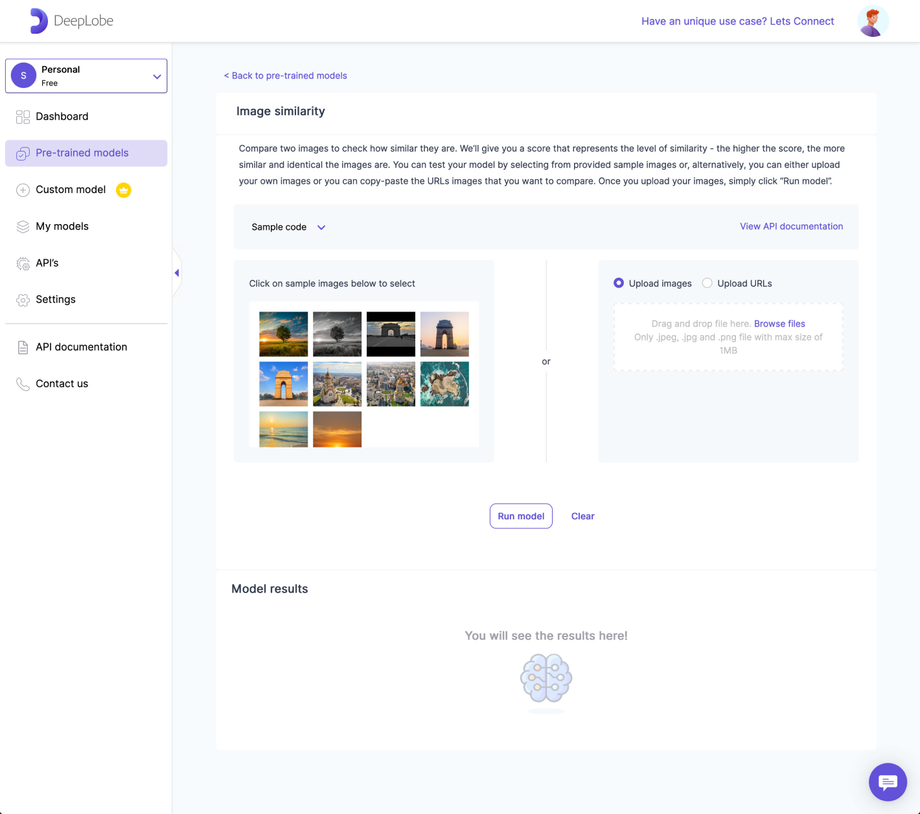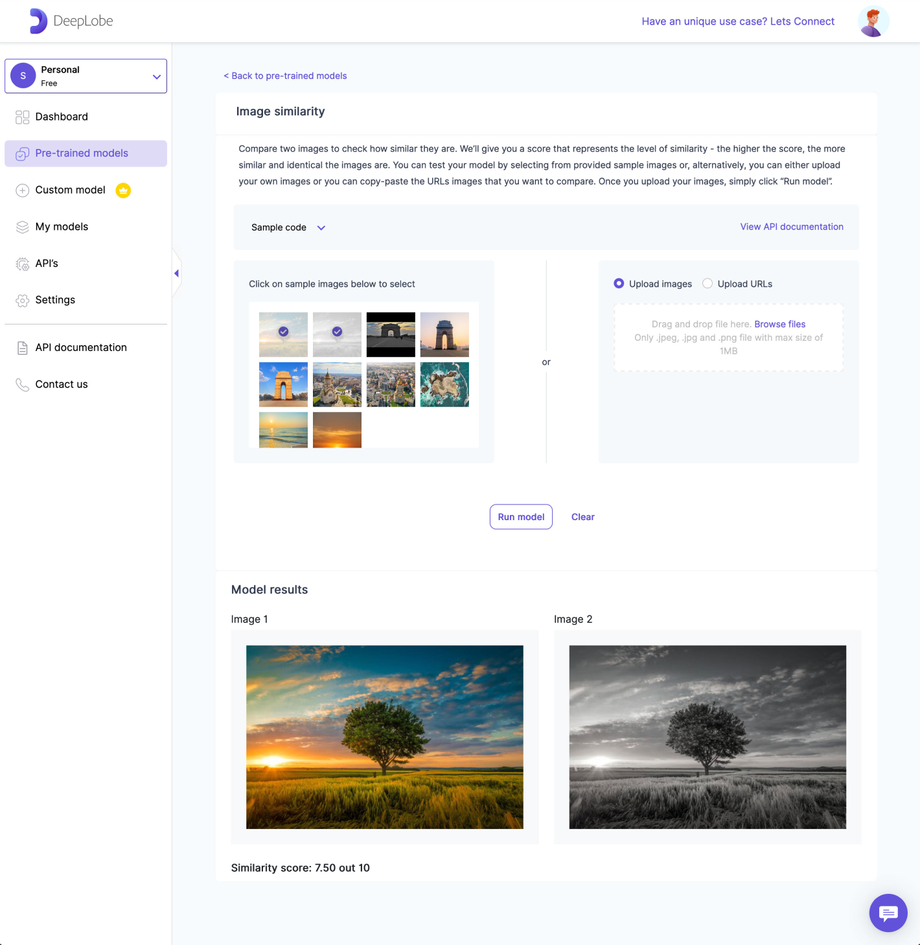Sentiment Analysis Model
DeepLobe's sentiment analysis model is a powerful tool that has been trained on extensive datasets of labeled text, enabling it to predict the sentiment (positive, negative, or neutral) of new and unseen text. The model achieves this by analyzing the words within the text, their order, and other relevant information such as context.
How the Sentiment Analysis Model Works
The sentiment analysis model utilizes neural networks, which are composed of interconnected layers of "neurons," to process and analyze the input text. Here's an overview of the model's operation:
- Mathematical Operations: The model processes the input text through several layers of mathematical operations within the neural network. Each layer transforms the input in a way that facilitates subsequent analysis.
- Predicting Sentiment: The final layer of the model produces the sentiment prediction. This prediction can take the form of a numerical value indicating the positive or negative sentiment score of the text or a label such as "positive," "negative".
Neural Networks in Sentiment Analysis
Neural networks are particularly effective for tasks like sentiment analysis, image processing, language translation, and speech recognition, as they excel at processing and analyzing large amounts of data. A neural network consists of interconnected layers of neurons, which receive and transmit information through calculations.
Testing Sentiment Analysis
To analyze the sentiment of a given text and classify the prediction as positive, neutral, or negative, follow these steps:
- Enter the text you want to analyze in the provided text box.
- Click the "Run model" button to initiate the sentiment analysis process.
- The model will process the text and generate the sentiment prediction output, which will be classified as positive, or negative.
API Integration
If you are satisfied with the sentiment analysis results obtained, you can integrate the model into your legacy systems or applications. Here's how:
- Click on the "Sample code" button to access a few lines of code.
- Copy and paste the provided code into your application.
- Replace the placeholder "REPLACE_API_KEY" with the API key generated for your account.
For information on generating an API key, refer to the "Create an API Key" section in the documentation.
API Documentation
For more comprehensive information on using the Sentiment Analysis model via the API, consult our API documentation. It provides detailed guidance and examples to help you effectively leverage the model within your applications.
We hope the Sentiment Analysis model empowers you to gain insights into the sentiment of text and enhance your understanding of user opinions, customer feedback, and more.
If you have any questions or require further assistance regarding the Sentiment Analysis model or any other aspect of DeepLobe, please reach out to our support team. We're here to support your success.



